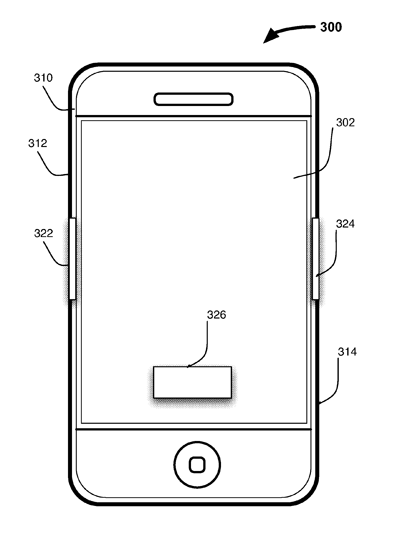Apple gets a patent for a seamlessly embedded heart rate monitor within in an electronic device. How does the California company intend to use this technology?
January 2, 2014
If patents portend the future, then we may be getting a mobile device from Apple (an iPhone, maybe) embedded with a cardiac monitor.
As reported by mobihealthnews, Apple was awarded a patent for a seamlessly embedded heart rate monitor on Dec. 24. The application was made in January 2009.
The patent describes an electronic device having an integrated sensor to detect cardiac activity and cardiac electrical signals. It can include a heart sensor with several leads that can be placed within the interior surfaces of the electronic device housing to shield the sensor from view. In another instance, the leads can be coupled to pads on the exterior of the device’s housing.
Interested in designing future medical devices? Register for the Medical Device Design & Manufacturing Conference, Feb. 10-13, Anaheim. |
|
A schematic view of a possible future device with several leads |
Here is how Apple intends to use the device:
Using the detected signals, the electronic device can identify or authenticate the user and perform an operation based on the identity of the user. In some embodiments, the electronic device can determine the user's mood from the cardiac signals and provide data related to the user's mood.
So Apple merely wants to use the heart rate monitor as a way to authenticate a user’s identity. That’s not a surprise given that Apple is likely not interested in becoming a FDA-regulated entity.
But it’s not so inconceivable that there could be medical applications of this heart rate monitor by third parties.
Already there are companies that are using the iPhone to build cardiac monitors. AliveCor ECG being one of the foremost that come to mind which has a device and software app approved by the FDA to provide clinical quality ECGs using one heart lead. It is building another one that aims to stand toe-to-toe with traditional 12-lead ECGs.
At the very least, the capability of these future mobile offerings could conceivably allow for health and fitness applications.
-- By Arundhati Parmar, Senior Editor, MD+DI
[email protected]
You May Also Like



